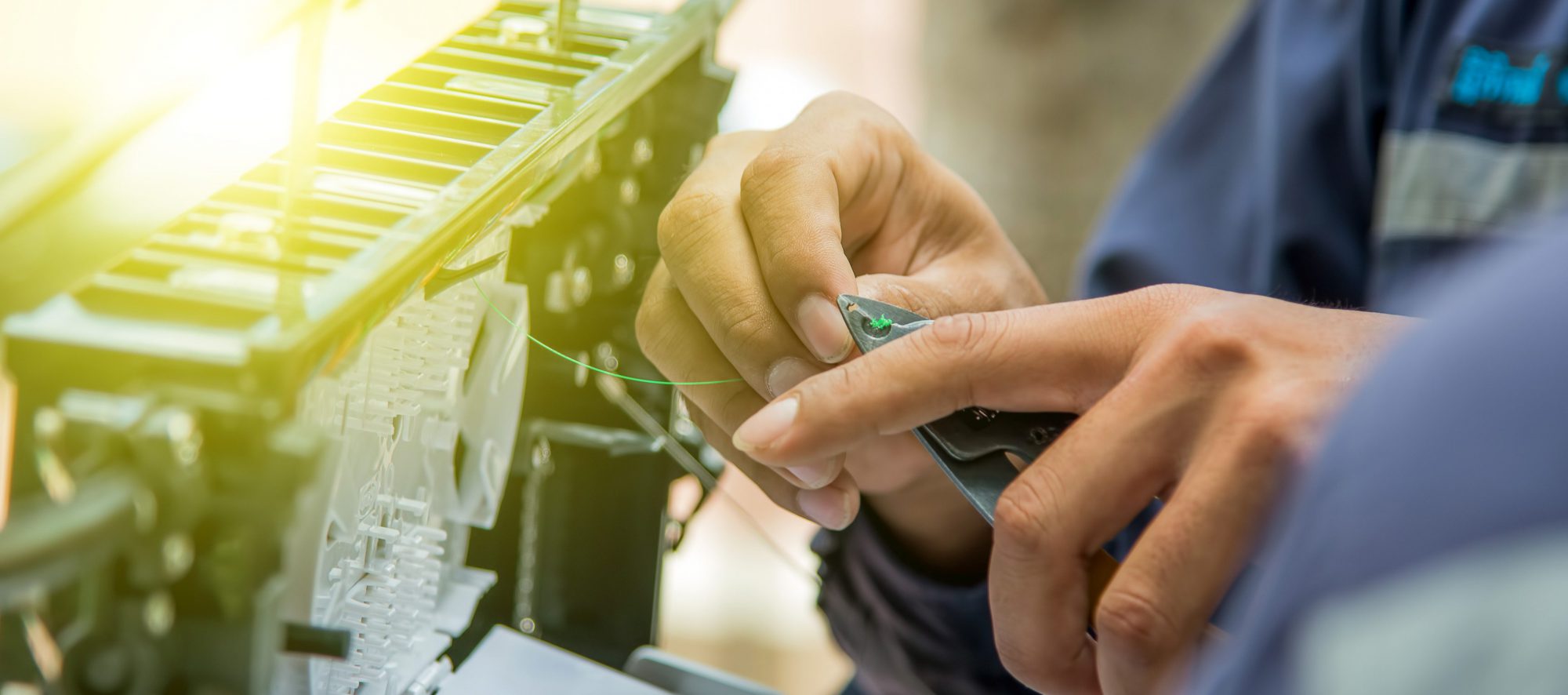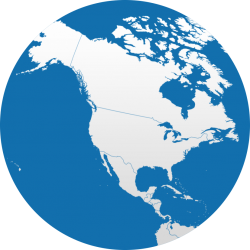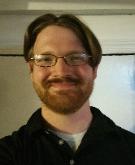There’s a lot to remember as a FOA Certified Fiber Optics Technician, but it’s important to stay on top of the field.
Take this exercise below to test your knowledge! How Do You Measure Up? Are you Squared Away?
- Per ANSI/EIA/TIA-568B.3, what is the maximum attenuation allowed per mated pair of connectors? What is the maximum attenuation allowed for a mechanical splice?
- Which multimode fiber cable provides for 10GbE at 300 meters?
- How does one perform a Link Loss Budget Analysis for a fiber optic system? In other words – how does one analyze the resulting attenuation of a fiber segment? Is the Power too high or is it too low and what does a good technician do about it in both respects?
- Using a Power Source & Light Meter, do you know how to determine which connector has the higher attenuation when testing a fiber segment?
- Do you know how to use a Bare Fiber Adapter and a VFL?
- Do you know how to read an OTDR Trace? If so – what is a Gainer? What are LSA’s?
- What is the maximum pulling tension for installing indoor fiber optics cable?
- Considering reference cables, can you explain Method B? Can you explain Method A?
- What are the 4 elements that make up a fiber optic transmission system?
- Erbium-doped optical fiber is used for what purpose?
If you or your fiber installation technicians can not answer the basic fiber questions listed above, why not enroll them in our CFOT program so they can do a better job for you AND for your customers.


